How I joined the English-German Friendship Club on a journey through European landscape painting history
Summer in Karlsruhe can be awefully hot (a couple of weeks a year at least), but there are places where one can enjoy a soothing atmosphere, in terms of degrees and level of delight. On Saturday, the 24th June, while planning to find such a shelter, I rushed into the cool hall of the Staatliche Kunsthalle where the members of the German-English Friendship Club were already waiting anxiously to see the landscape paintings.
As soon as I arrived I introduced myself and expressed my intentions to contribute to the visibility of the event. I wanted to share my thoughts both regarding the exhibition “En Plain Air”, but also concerning this wonderful group of people who had established a long-lasting partnership between Nottingham and Karlsruhe, a partnership which has lasted to this day, almost four decades later, the DEF (Deutsch-Englischer Freundeskreis). I definitely plan to drop in at their Christmas caroling, I have heard it is a most rewarding and unique event.
Dr Elisabeth Gurock kindly waited for the last members of our group to turn up and guided us into the spacious and brightly lit rooms of the exposition. Her smooth and even speech kindled a feeling of timeless observation and I could not only see the landscapes she was describing, but could imagine myself looking over the shoulder of their creator. The Staatliche Kunsthalle Karlsruhe exhibits an impressive array of works, the collection of over 3400 pieces includes items that are over 500 years old. Nevertheless, the Kunsthalle is not only a mirror to the past. For the last five decades, the collection grows by assimilating contemporary concepts of artistic creation.
Dr Gurock explained by pointing to different medieval, Renaissance and early modern paintings, mainly of Netherlandish provenience, that the artistic rendering of landscape had not always been a popular motive among European artists. Judging by the development of the landscape painting, one can easily recognize an increase of popularity of foreign, unknown sights in the works of Renaissance painters and artisans. Especially in the aftermath of the geographical and scientific discoveries (in the 16th and 17th centuries), painters were becoming less interested with Biblical motives and more focused on renderings of common life and the natural world.
Indeed, as we passed to works of the 19th and 20th century, the focus of the painter changed, from the intention of depicting realistically what laid before him to a more subjective and inward-oriented depiction of landscapes. Impressionist and expressionist paintings testify to this “subjective turn” and differ greatly from what we perceive as the rather naturalistic depiction of 19th century academic art
The members of the group were very excited to find out how one can correctly ascribe a painting to a specific period of time and place. Dr Gurock insisted on the interdisciplinary character of the task. Knowledge of European history, politics, art and culture is needed that contributes to the understanding of the relevance and value of the painting in its own time. So, we learned, there is no easy task in appreciating art!
We were taken aback with the huge amount of information which was confined in a landscape painting and promised to return to find out more. Thanks to the tour organized by the awesome people of the DEF, to Dr Gurock and the helping staff of the Kunsthalle, I had the chance to spend an unforgettable and extremely informative afternoon! Till next time!
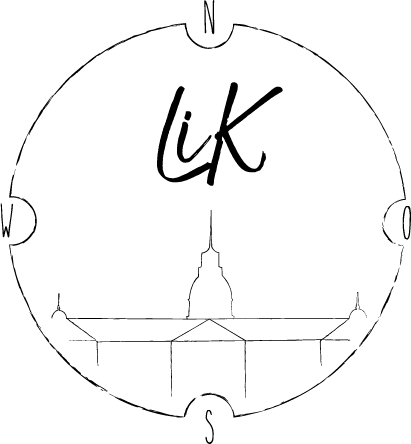
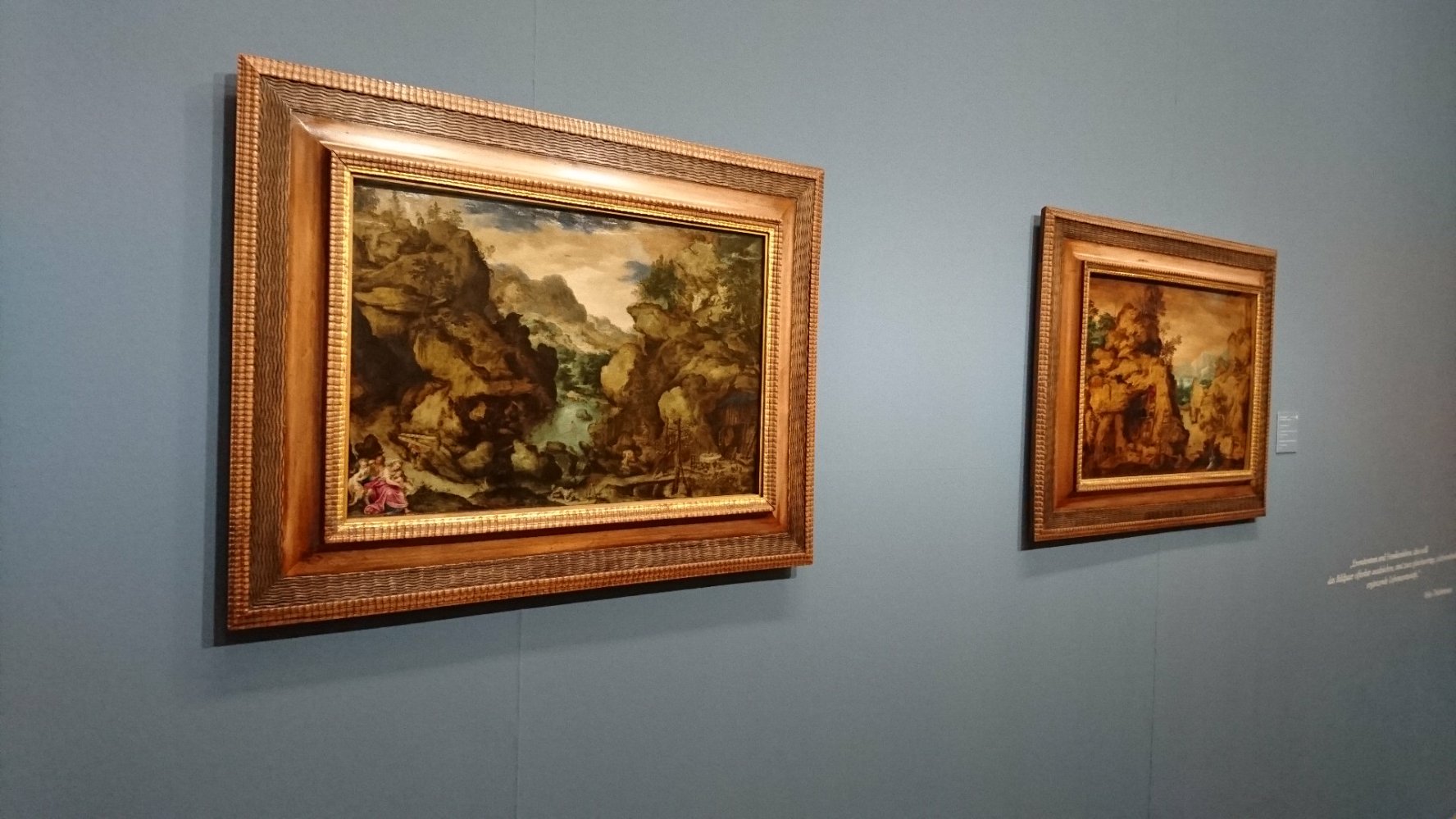
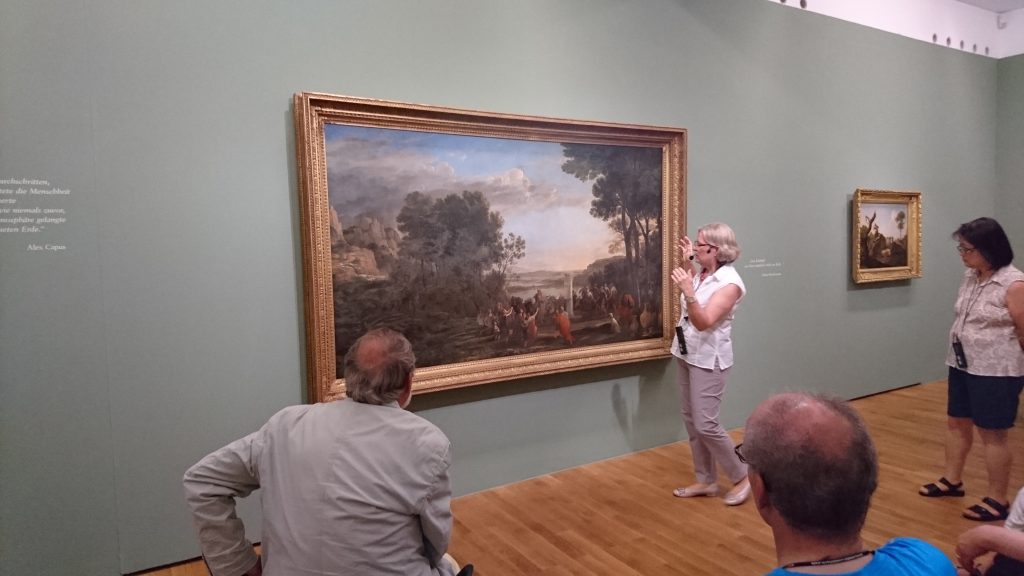
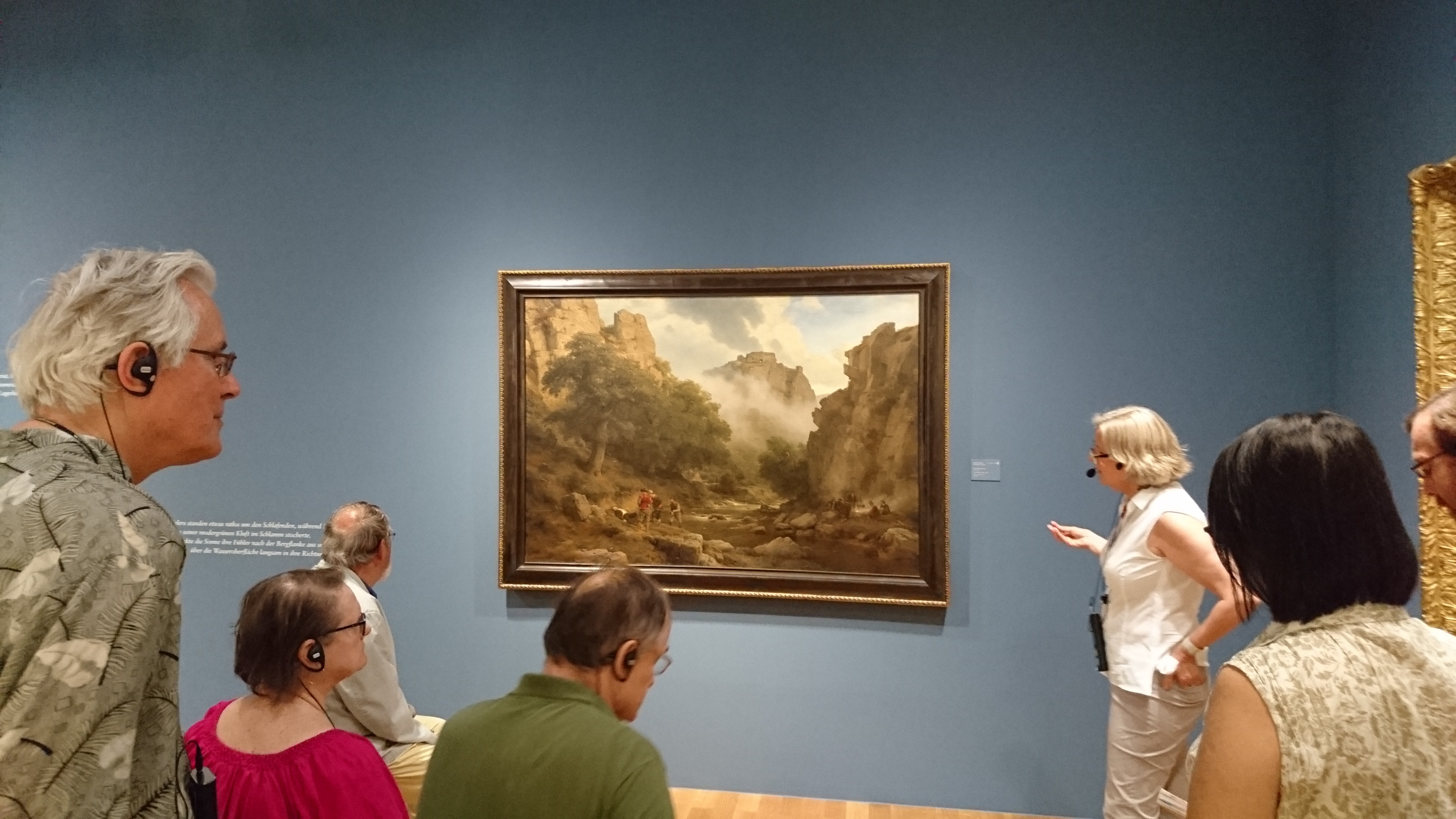
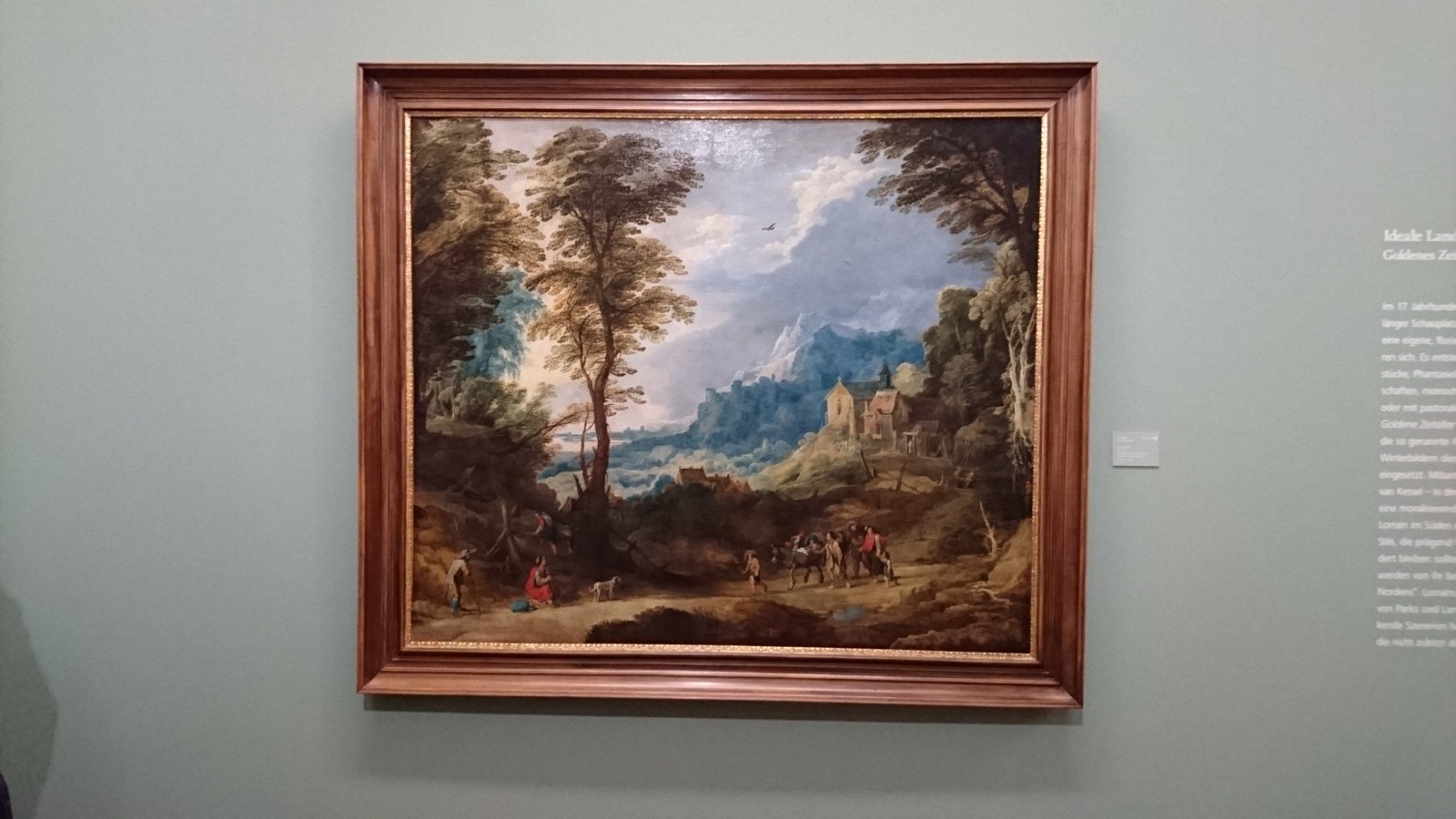
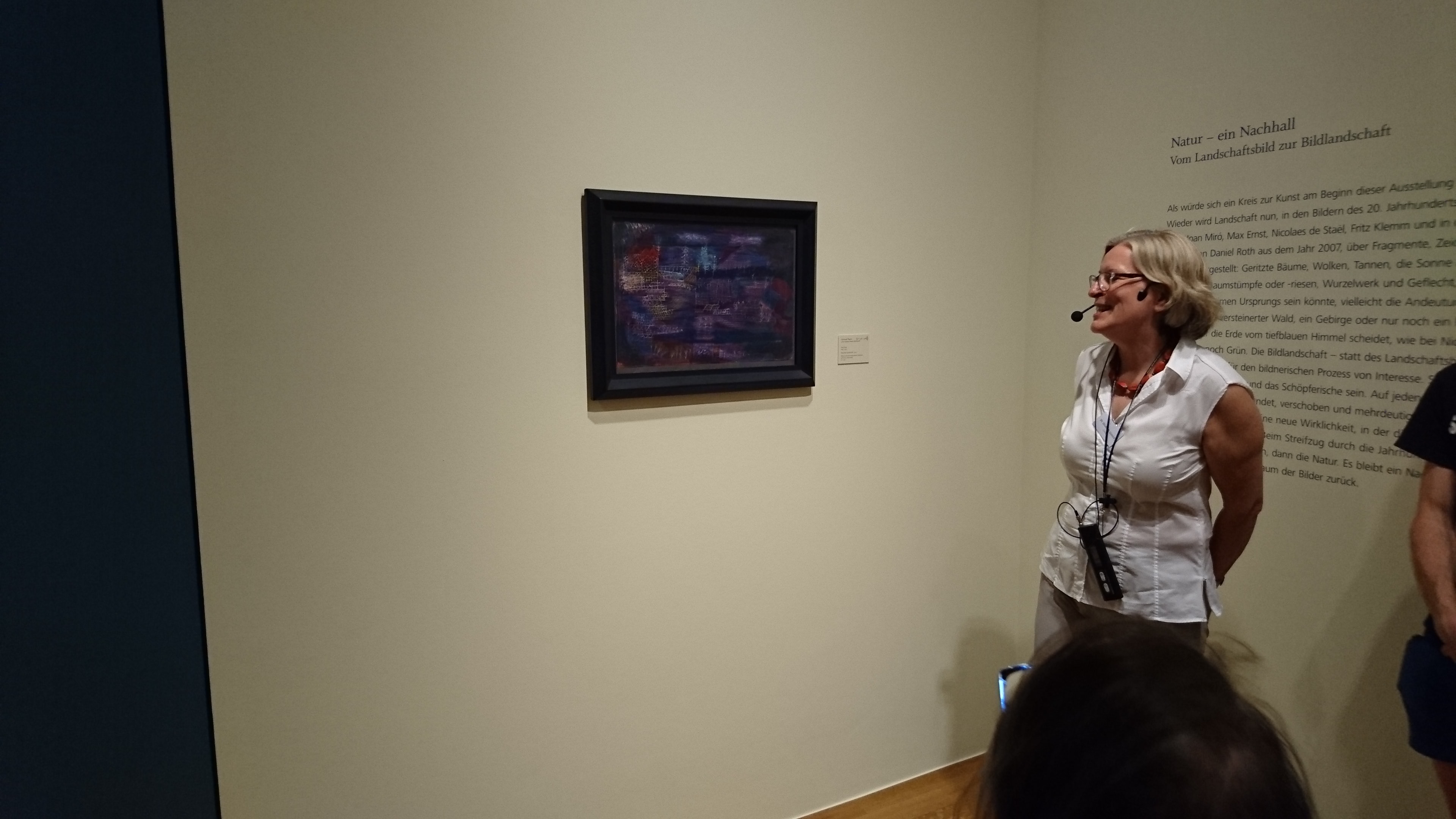
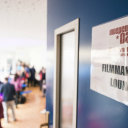
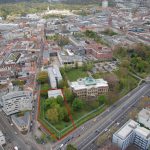


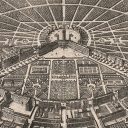
Tanja
30. June 2017